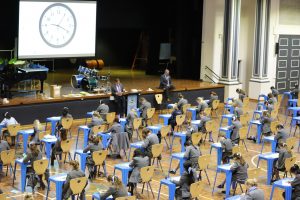From the Principal
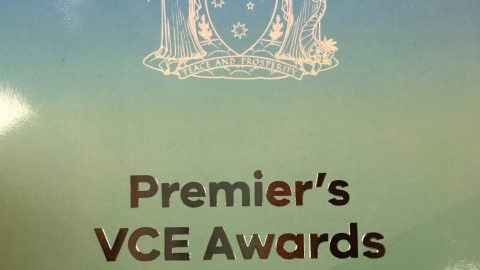
This week, more than 1 million students in Years 3, 5, 7 and 9 across Australia have undertaken the annual National Assessment Program for Literacy and Numeracy, more commonly referred to as NAPLAN testing. The test includes questions on reading, writing, numeracy, spelling and grammar completed over three days. Some of the sample questions from the Year 9 papers this week included:
A copier prints 1,200 leaflets. One-third of the leaflets are on yellow paper and the rest are on blue paper. There are smudges on 5% of the blue leaflets. How many blue leaflets have smudges? (no calculators)
- 40
- 60
- 400
- 800
A ticket costs $75. A fee of 10% is added to the price. Which calculation will give the new price?
- 75 + 10
- 75 + 0.1
- 75 x 0.1
- 75 x 1.1
Which sentence uses speech marks ( “ and ” ) correctly?
- “Quietly he asked,” Where did you leave it?”
- Quietly he asked, “Where did you leave it?”
- “Quietly he asked, where did you leave it?”
- Quietly he asked”, where did you leave it?”
Walking over a hill, Aaron saw that the thin bitumen road levelled out below to wind through the low land like a struggling eel. The word “struggling” is used as …
- a verb
- a noun
- an adverb
- an adjective
In recent years the national assessment program has been heavily criticised by educational experts. As the testing is completed in May and takes up to four to five months to return results to schools in mid-September, it is considered to be of little benefit to student learning. In a recent meeting of state education ministers, a call for the tests to be reviewed (or even scrapped) was argued by NSW Minister, Rob Stokes. With the capacity to complete far more sophisticated and flexible models of testing now available, NAPLAN, in its current format designed over 10 years ago, is considered to be out of date. Other criticisms of the test suggest it sits outside the curriculum and given the high-stakes nature of school comparisons, a focus on teaching to the test for some schools is considered to mask actual growth and achievement.
As one such example, Georgina Barton, associate professor in literacies and pedagogies at the University of Southern Queensland suggests: “NAPLAN writing is clearly formulaic and the marking criteria was developed to be objective and uniform – resulting in students being homogenous rather than critical authors.”
The national president of the Australian Literacy Educators’ Association, Beryl Exley, highlighted her concerns: “the real danger is that so much quality teaching time is lost when more tangible aspects of the NAPLAN writing task become the model for the teaching of writing instead of the more finessed writing goals of the English curriculum.”
The marking criterion is also brought into question, with criterion such as ‘audience’ and ‘ideas’ carrying less weight than the raft of more objective criterion such as a range of vocabulary, persuasive devices, accuracy of spelling and correct punctuation. The imbalance in scoring, brought about by a push for robot marking by ACARA, means the more objective criterion becomes the focus of skill and drill writing lessons.
Needless to say, the original intention of NAPLAN testing was honourable and entrenched in a strong accountability agenda. As suggested by The Honourable, Julia Gilliard at the time, it aims to provide diagnostic information by assessing students against national benchmarks. At St Catherine’s, NAPLAN data is used as one of many assessment instruments to monitor student progress and cohort trends over time. The School provides opportunity for students to be familiar with the types of questions found within NAPLAN testing, particularly in the Junior School, yet rightly so, teachers are reluctant to hand over valuable curriculum time for NAPLAN preparation.
The recently released Gonski 2.0 paper highlights declining student outcomes over the past 18 years in Australia, particularly in reading, Science and Mathematics as evidenced by the PISA league tables. A call by author David Gonski to overhaul the ‘industrial model’ of school education, declaring it no longer helps students to maximise their learning growth, received generally favourable responses by the education sector. The report, titled Through Growth to Achievement, makes 23 recommendations around assessment and reporting regimes. The report’s recommendations lean on education researcher John Hattie’s calls for a “year’s growth for a year’s input” in learning. Rather than focusing on assessment measures that prioritise high achievement, Hattie says children should receive a year’s learning no matter what developmental level they are at.
The challenge for our political leaders is how they will utilise the findings of this report to determine federal school funding and the focus of education in Australia. Will an emphasis on students’ academic achievements or improving PISA standing or ensuring future work readiness prevail and will this renewed focus result in the loss of the joy of learning and raising young women and men of character in Australia? We can only hope that our leaders will find a balance.
VCE Premiers Award
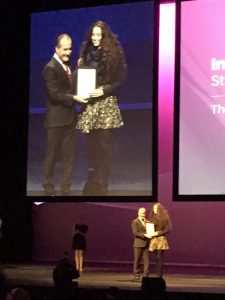
2017 graduate, Ingrid Crossing receiving her Premier’s Award for VCE Theatre Studies.
Our Head of Performing Arts, Mr James Brown, was brimming with pride when he attended the Premier’s VCE Awards on Tuesday of this week. Past student Ingrid Crossing (’17) was one of only three students to receive the Award for Theatre Studies, recognising her outstanding academic achievement and perfect study score in the VCE subject.
David Howes (VCAA CEO) was the MC and the Honourable James Merlino, Victorian Deputy Premier and Minister for Education, spoke and presented the Awards to the 274 students across 85 subjects. To put this in perspective, almost 51,000 students undertook the VCE last year. Students receiving Awards this week are considered to be within the top 1% of the State.
Ingrid was elated after the ceremony and said she felt very special and thankful to Mr Brown and all her teachers during her VCE years. Following the ceremony, Ingrid returned to her Biology and Chemistry tutorials at Melbourne University where she is studying a Bachelor of Science. I look forward to following her tertiary and career progress as a St Catherine’s Old Girl.
-
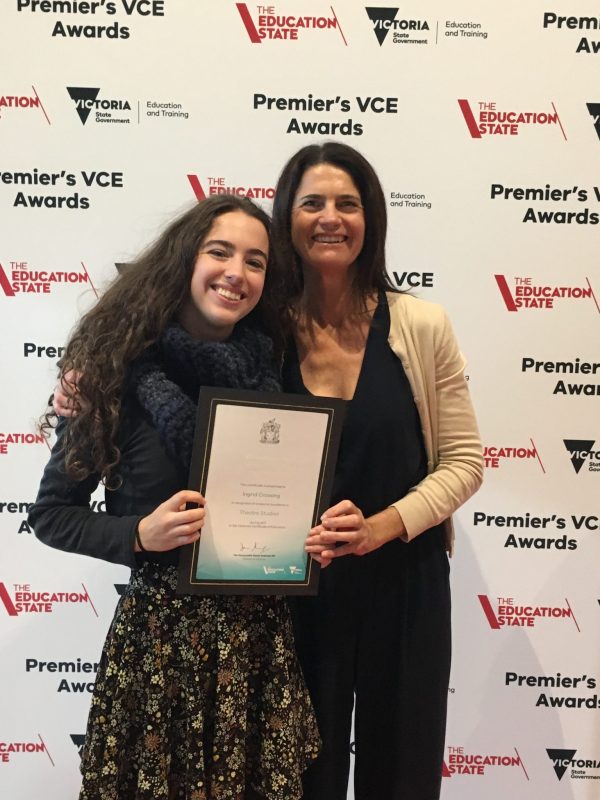
Both Ingrid and her Mum, Edwina were both so proud of Ingrid's achievements.
-
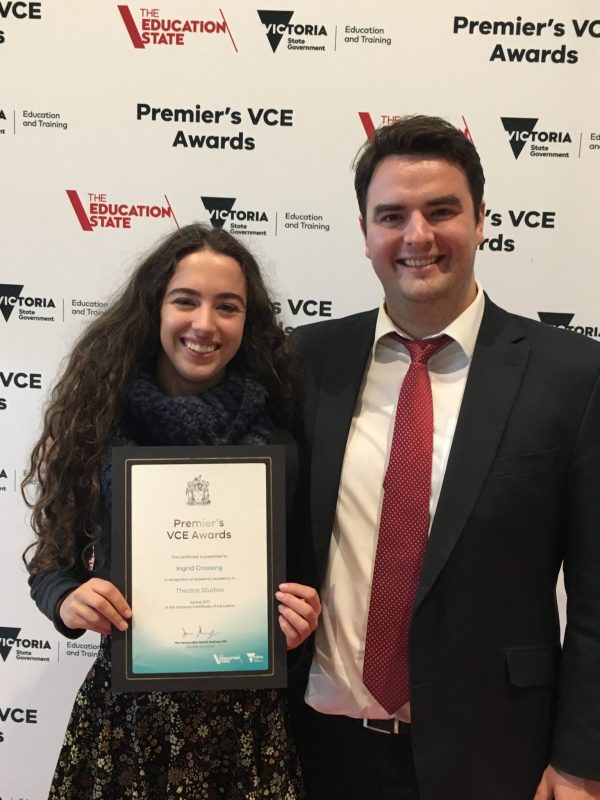
Ingrid Crossing ('17) with Head of Performing Arts, Mr James Brown


